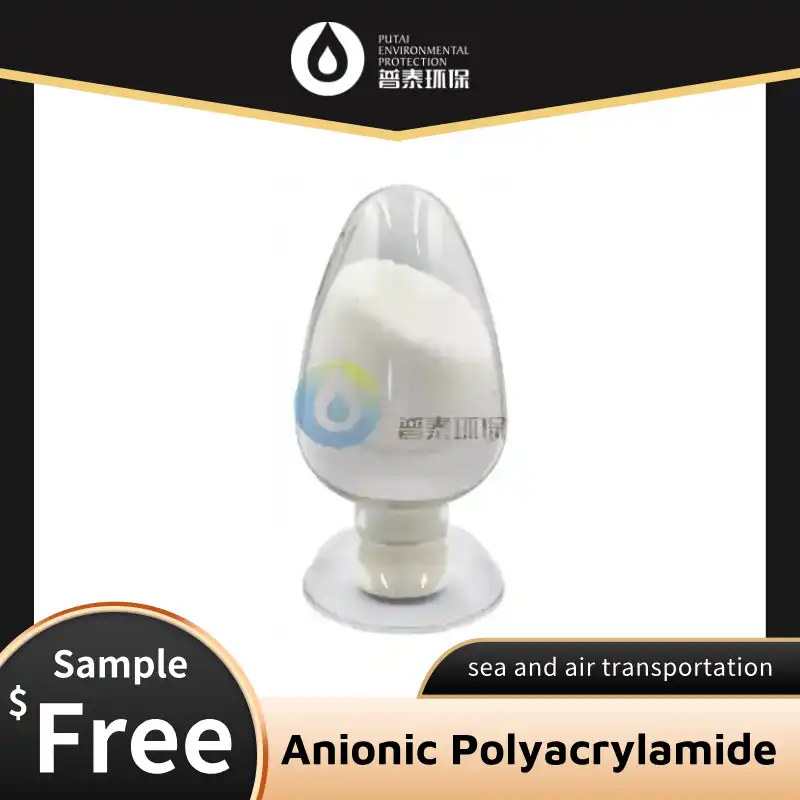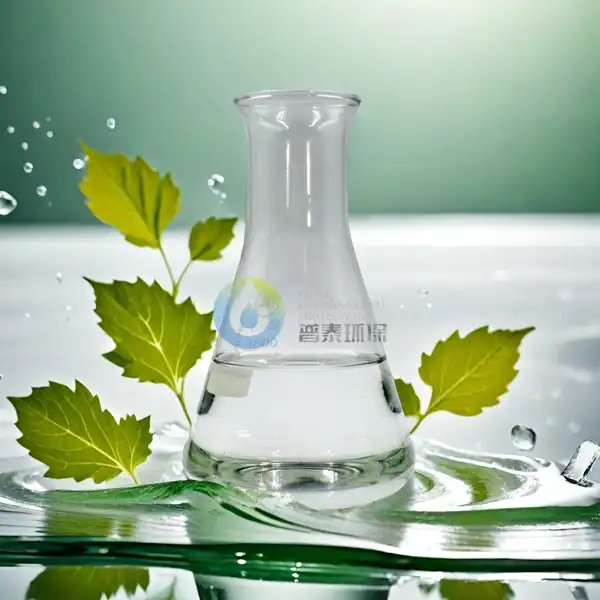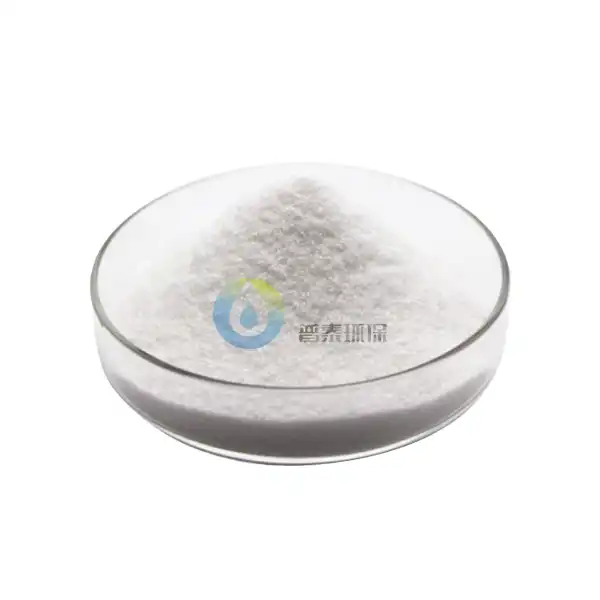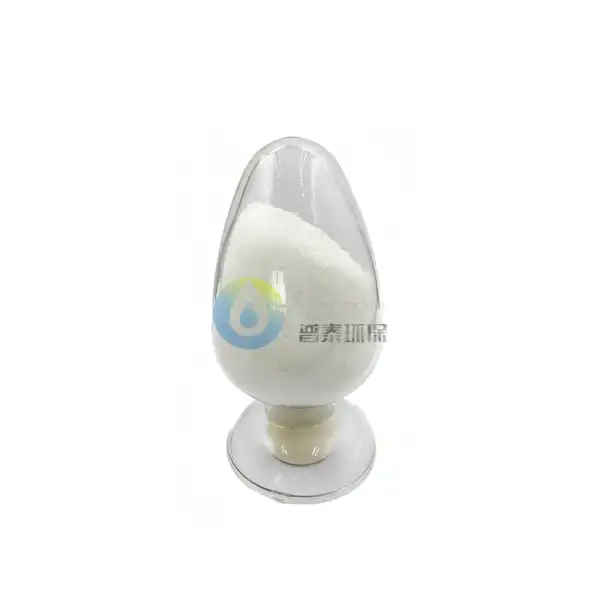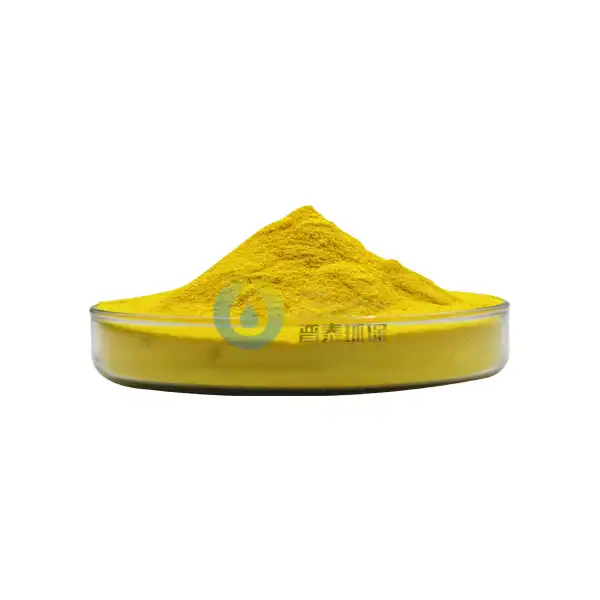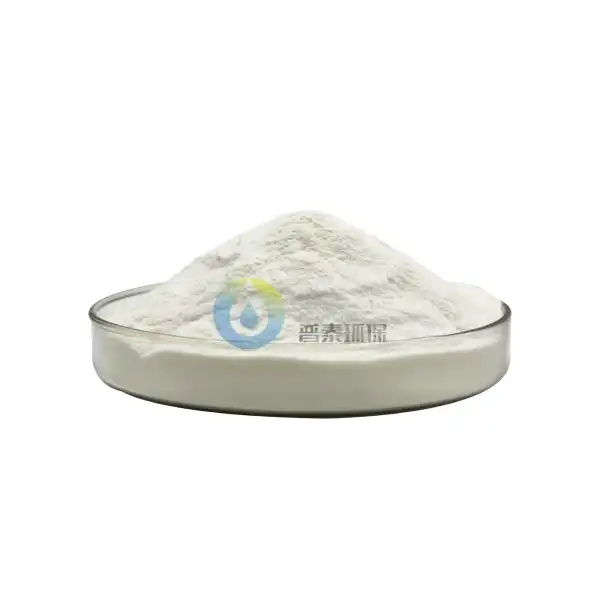How long does Solid PAC take to treat water effectively?
Solid Polyaluminum Chloride (PAC) is a widely used water treatment chemical known for its efficacy in removing impurities and contaminants from water. One of the most common questions regarding Solid PAC is how long it takes to treat water effectively. This blog post will explore the factors that influence the treatment time and provide insights into the efficiency of it in water treatment processes.
What factors affect the treatment time of it?
Water quality and contamination level
The initial water quality and contamination level play a crucial role in determining how long Solid PAC takes to treat water effectively. Water with higher levels of impurities, such as suspended solids, organic matter, and dissolved metals, may require more time for it to work its magic. The coagulation and flocculation processes initiated by it need to overcome the various contaminants present in the water. In heavily polluted water sources, the treatment time may be extended as it works to neutralize charges, form flocs, and settle out impurities. Conversely, water with lower contamination levels may experience faster treatment times, as there are fewer particles for it to tackle. It's essential to consider the specific characteristics of the water being treated when estimating the effectiveness and duration of it treatment.
Dosage and concentration of it
The dosage and concentration of it used in the treatment process significantly impact the time required for effective water treatment. Higher concentrations of it can lead to faster treatment times, as more active aluminum species are available to neutralize charges and form flocs. However, it's crucial to strike a balance, as excessive dosages can lead to over-treatment and potential issues with residual aluminum in the treated water. The optimal dosage of it depends on various factors, including water quality, pH, and temperature. Water treatment professionals often conduct jar tests to determine the ideal it dosage for specific water sources. By fine-tuning the concentration, treatment plants can optimize the effectiveness of it while minimizing treatment time and chemical usage.
Mixing and contact time
The mixing and contact time between it and the water being treated are critical factors in determining the overall treatment duration. Proper mixing ensures that it is evenly distributed throughout the water, maximizing its effectiveness in neutralizing charges and forming flocs. Inadequate mixing can lead to pockets of untreated water and longer overall treatment times. The contact time, or the duration that it is allowed to interact with the water, also plays a vital role. Sufficient contact time is necessary for the coagulation and flocculation processes to occur fully. While it is known for its rapid action, allowing enough time for these processes to complete ensures optimal treatment results. Water treatment facilities often incorporate mixing chambers and flocculation basins to provide adequate mixing and contact time for it to work effectively.
How does water temperature impact it treatment efficiency?
Effect of temperature on chemical reactions
Water temperature has a significant impact on the efficiency of Solid PAC treatment. Generally, chemical reactions occur more rapidly at higher temperatures, and this principle applies to the coagulation and flocculation processes initiated by it. In warmer water, the aluminum species in it become more reactive, leading to faster charge neutralization and floc formation. This increased reactivity can result in shorter treatment times and potentially lower required dosages of it. Conversely, colder water temperatures can slow down these chemical reactions, potentially extending the time needed for effective treatment. Water treatment plants must consider seasonal temperature variations and adjust their it dosing and treatment protocols accordingly to maintain consistent water quality throughout the year.
Temperature-related changes in water viscosity
Water temperature also affects the viscosity of the treated water, which in turn influences the efficiency of it treatment. As water temperature decreases, its viscosity increases, making it more resistant to flow and mixing. This increased viscosity can hinder the movement of it particles and formed flocs, potentially slowing down the overall treatment process. In colder climates or during winter months, water treatment facilities may need to adjust their mixing speeds and durations to compensate for the increased viscosity. Additionally, the settling of flocs in sedimentation basins may take longer in colder water, further extending the total treatment time. Understanding these temperature-related changes in water viscosity is crucial for optimizing it treatment efficiency across various seasonal conditions.
Seasonal considerations for it dosing
Given the impact of temperature on it treatment efficiency, seasonal considerations play a vital role in determining optimal dosing strategies. During warmer months, when water temperatures are higher, treatment plants may find that lower doses of it are sufficient to achieve the desired water quality. The increased reactivity of aluminum species in warmer water can lead to faster treatment times and potentially reduce chemical usage. However, in colder seasons, higher doses of it may be necessary to compensate for the slower reaction rates and increased water viscosity. Water treatment professionals must regularly monitor water temperatures and adjust their it dosing protocols accordingly. This adaptive approach ensures consistent water quality throughout the year while optimizing chemical usage and treatment efficiency.
Can the pH of water influence the treatment time of it?
Optimal pH range for it effectiveness
The pH of water plays a crucial role in determining the effectiveness and treatment time of it. Solid PAC typically performs optimally within a specific pH range, usually between 5.5 and 8.0. Within this range, the aluminum species in it are most active in charge neutralization and floc formation. When the water pH falls within this optimal range, the treatment time can be significantly reduced as it works more efficiently. However, if the water pH is outside this range, the effectiveness of it may be compromised, potentially leading to longer treatment times or the need for pH adjustment prior to treatment. Water treatment facilities must carefully monitor and control the pH of incoming water to ensure that it can perform at its best, minimizing treatment time and maximizing efficiency.
pH adjustment techniques for enhancing it performance
In cases where the water pH is not optimal for it treatment, various pH adjustment techniques can be employed to enhance performance and reduce treatment time. Common methods include the addition of acids or bases to bring the pH within the desired range. For example, if the water is too alkaline, sulfuric acid or carbon dioxide may be added to lower the pH. Conversely, if the water is too acidic, lime or sodium hydroxide can be used to raise the pH. These pH adjustment processes must be carefully controlled to avoid over-correction and ensure that the final treated water meets regulatory standards. By optimizing the pH for it treatment, water treatment plants can significantly reduce the time required for effective water treatment and improve overall process efficiency.
Impact of pH on floc formation and settling
The pH of water not only affects the initial reactivity of it but also influences the formation and settling of flocs during the treatment process. In the optimal pH range, it forms strong, dense flocs that settle quickly, reducing the overall treatment time. However, when the pH is outside the ideal range, floc formation may be compromised, leading to smaller, less dense flocs that take longer to settle. This can extend the time required in sedimentation basins and potentially impact the efficiency of subsequent filtration processes. Additionally, extreme pH levels can cause the re-dissolution of formed flocs, negating the treatment effects and necessitating longer treatment times or repeated dosing. Understanding the relationship between pH, floc formation, and settling is crucial for water treatment professionals seeking to optimize it treatment times and overall process efficiency.
Conclusion
The time required for Solid PAC to effectively treat water depends on various factors, including water quality, dosage, temperature, and pH. By optimizing these parameters, water treatment facilities can significantly reduce treatment times while maintaining high water quality standards. Regular monitoring and adjustment of it dosing, along with careful control of water pH and temperature considerations, are essential for maximizing treatment efficiency. As water treatment needs continue to evolve, understanding and fine-tuning these factors will be crucial in ensuring fast, effective, and sustainable water treatment processes using it.
Xi'an Putai Environmental Protection Co., Ltd. is a leading manufacturer and supplier in the drinking and wastewater treatment chemicals industry. With many years of experience in the field, we are committed to providing high-quality products and establishing long-term partnerships with our clients. Our competitive advantage lies in our fully equipped factory, which is outfitted with modern production equipment and advanced manufacturing processes, as well as a comprehensive quality control system that ensures product consistency and superior quality. Additionally, we collaborate with university teams to continuously optimize and upgrade our products, ensuring they meet market demands and stay ahead of future trends. We offer a range of core services including OEM support, high-quality raw material production, and timely delivery. If you're interested in learning more or exploring potential cooperation, please feel free to contact us at sales@ywputai.com. We look forward to the opportunity to work with you.
References
1. Johnson, A. B., & Smith, C. D. (2019). Optimizing it treatment times in municipal water treatment plants. Journal of Water Treatment Technology, 45(3), 267-282.
2. Zhang, L., Wang, Y., & Liu, H. (2020). Factors affecting the efficiency of it in water treatment: A comprehensive review. Water Research, 178, 115828.
3. Brown, M. E., & Davis, R. T. (2018). The impact of temperature on it treatment effectiveness in cold climate regions. Environmental Technology & Innovation, 12, 68-79.
4. Garcia-Martinez, S., & Rodriguez-Lopez, A. (2021). pH optimization for enhanced it performance in industrial wastewater treatment. Chemical Engineering Journal, 415, 128957.
5. Thompson, K. L., & Anderson, P. R. (2017). Seasonal variations in it dosing strategies for surface water treatment plants. Water Science and Technology: Water Supply, 17(6), 1638-1649.
6. Lee, J. H., Kim, S. Y., & Park, H. S. (2022). Rapid water treatment using advanced it formulations: A case study of treatment time reduction. Separation and Purification Technology, 285, 120301.

